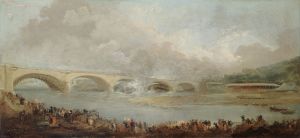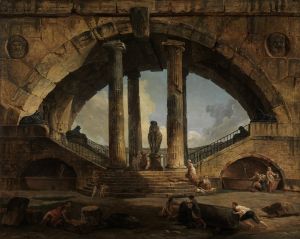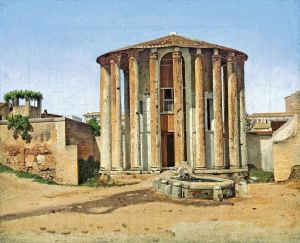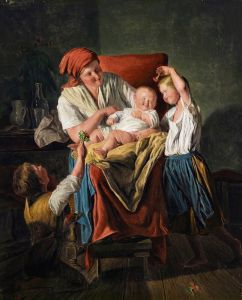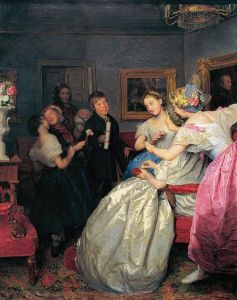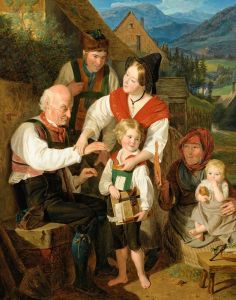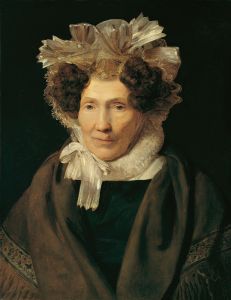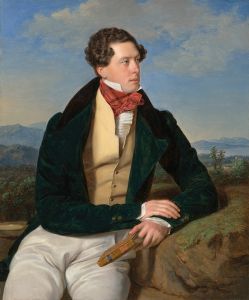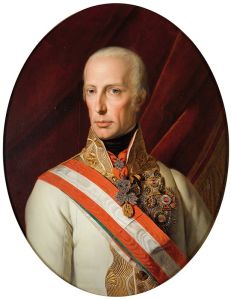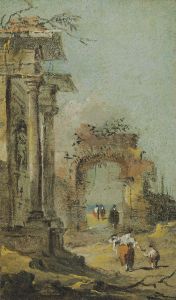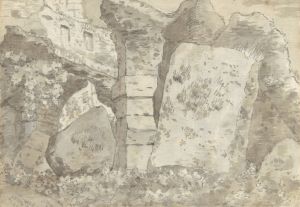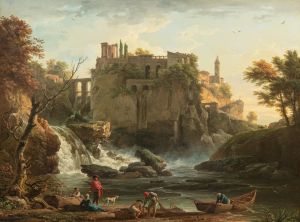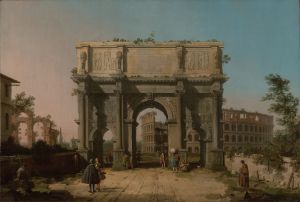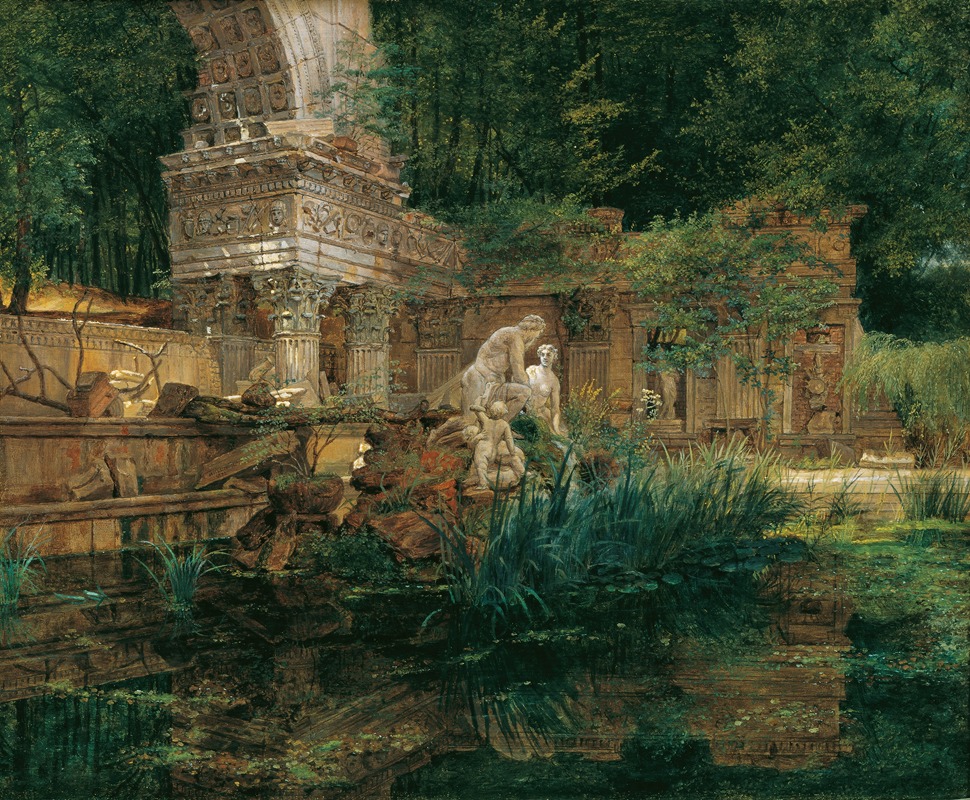
Die Römische Ruine in Schönbrunn
A hand-painted replica of Ferdinand Georg Waldmüller’s masterpiece Die Römische Ruine in Schönbrunn, meticulously crafted by professional artists to capture the true essence of the original. Each piece is created with museum-quality canvas and rare mineral pigments, carefully painted by experienced artists with delicate brushstrokes and rich, layered colors to perfectly recreate the texture of the original artwork. Unlike machine-printed reproductions, this hand-painted version brings the painting to life, infused with the artist’s emotions and skill in every stroke. Whether for personal collection or home decoration, it instantly elevates the artistic atmosphere of any space.
Ferdinand Georg Waldmüller was an Austrian painter renowned for his contributions to the Biedermeier period, a time characterized by a focus on realism and detail in art. One of his notable works is "Die Römische Ruine in Schönbrunn," which translates to "The Roman Ruin in Schönbrunn." This painting is a testament to Waldmüller's skill in landscape painting and his ability to capture the essence of his surroundings with meticulous attention to detail.
The painting depicts the Roman Ruin, an artificial ruin located in the gardens of Schönbrunn Palace in Vienna, Austria. The ruin was originally designed by the architect Johann Ferdinand Hetzendorf von Hohenberg and constructed in 1778. It was intended to resemble the remnants of an ancient Roman structure, complete with a triumphal arch and a reflecting pool, serving as a picturesque element within the palace gardens. The Roman Ruin was part of a broader trend during the 18th century, where artificial ruins were created to evoke the grandeur and romanticism of ancient civilizations.
Waldmüller's painting captures the ruin in a serene and idyllic setting, surrounded by lush greenery and bathed in soft, natural light. His use of color and light is particularly noteworthy, as it enhances the tranquil atmosphere of the scene. The painting reflects Waldmüller's keen observation of nature and his ability to render it with precision and clarity. This attention to detail is a hallmark of his work and is evident in the way he depicts the textures of the stone and the play of light and shadow on the ruin.
During the Biedermeier period, there was a growing interest in landscape painting, and artists like Waldmüller played a significant role in popularizing this genre. His works often depicted the Austrian countryside and historical sites, capturing the beauty and tranquility of these locations. "Die Römische Ruine in Schönbrunn" is a prime example of this trend, showcasing Waldmüller's ability to blend historical architecture with the natural environment.
Waldmüller's contribution to art extends beyond his technical skills; he was also an influential figure in the art community of his time. He advocated for the importance of realism and the study of nature in art, which was reflected in his teaching and writings. His emphasis on capturing the true essence of his subjects had a lasting impact on the development of Austrian art.
"Die Römische Ruine in Schönbrunn" remains an important work in Waldmüller's oeuvre, exemplifying his mastery of landscape painting and his dedication to realism. The painting not only highlights the beauty of the Schönbrunn Palace gardens but also serves as a historical document, preserving the appearance of the Roman Ruin as it was in the 19th century. Today, Waldmüller's works are celebrated for their contribution to the Biedermeier style and their enduring appeal, offering viewers a glimpse into the past through the eyes of a masterful artist.





